The Thang Long Hanoi Heritage Conservation Center is home to hundreds of valuable artifacts with a history of thousands of years. The most prominent are those recognized as national treasures. It can be said that the Thang Long Imperial Citadel is the place that preserves the most national treasures in Hanoi. After each excavation, archaeologists have in their hands valuable artifacts of many different cultural layers, serving as a basis to solve mysteries that have lasted for thousands of years.
Recently, a group of four more antiques were recognized as national treasures, namely: a phoenix-adorned terracotta leaf from the Ly Dynasty, a royal maid's card from the Le So Dynasty, an architectural model from the Le So Dynasty, and especially a three-metal inlaid sword.
The three-metal inlaid knife and the sophistication in the pattern
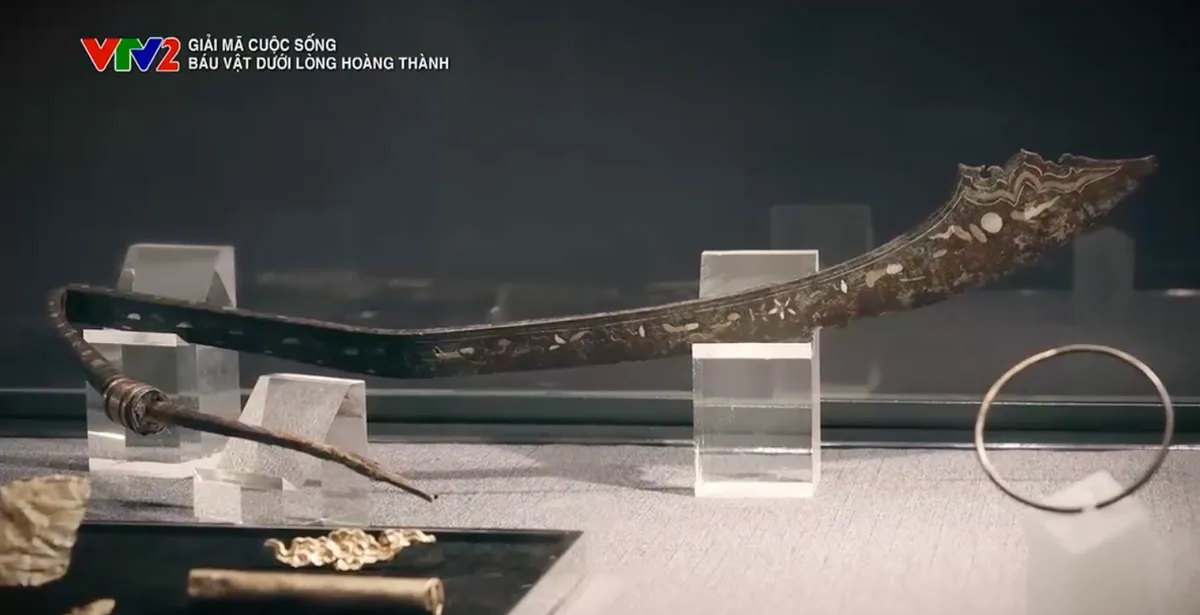
The three-metal inlaid knife was discovered in an excavation pit at Thang Long Imperial Citadel in 2002. The knife was found in a layer of soil, filling the lake bed of the Tran Dynasty. This layer of soil also contained many artifacts dating from different Ly and Tran dynasties. Most of the artifacts were architectural decorations, the most typical being the largest known dragon head statue from the Ly Dynasty. This area is also where many other artifacts from other periods were found.
The current shape of the three-metal inlaid sword is the original when it was discovered in the excavation pit. The sword only has the core, the wooden handle, the handle sharpening and the guard are lost. The body is bent into two parts, the head is bent, the blade surface is slightly oxidized.
The age of the blade was then determined by the patterns and motifs on the blade. These were lotus petal motifs, human figures and especially the cloud motifs - a typical cloud motif of the Ly - Tran dynasties. Combined with the reference to the stratigraphy of the blade, archaeologists believe that the blade was from the Tran dynasty, 14th century. The decorative motifs on the blade are particularly sophisticated with many different designs repeated on both sides, creating the feeling that the two sides are one.
The pattern can be divided into three parts, of which the one from the body of the knife to the tip is the most complex with many designs. Among these is a human figure depicted in a dancing pose, with both hands raised above the head as if supporting something.
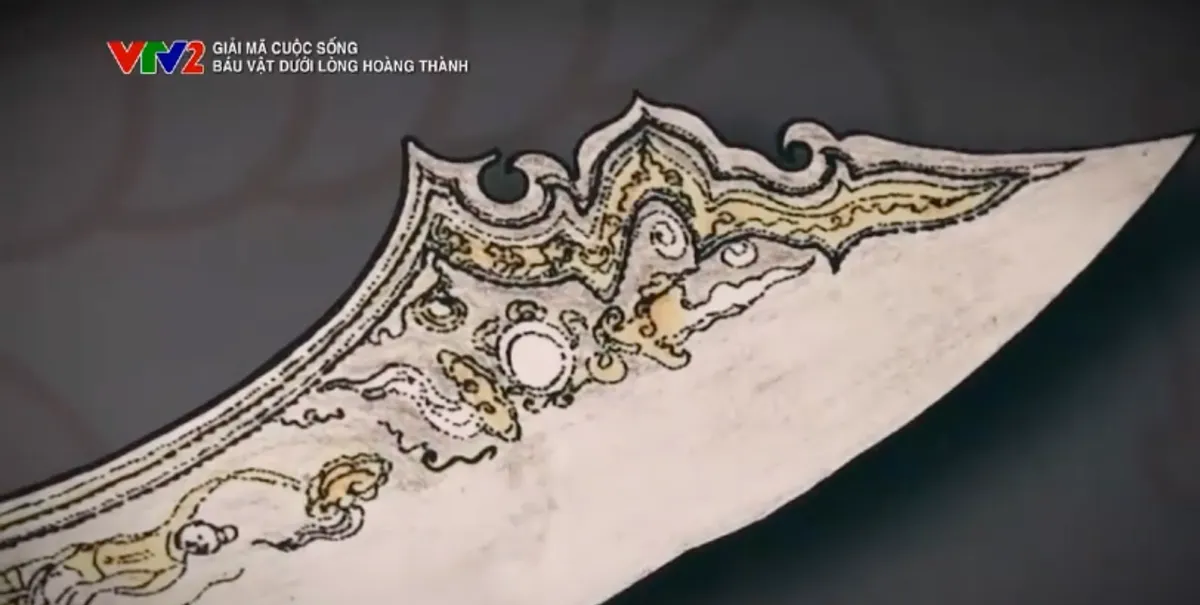
The pattern on the knife is inlaid with three metals.
Three-dimensional technique
In fact, when it was first discovered, this artifact was called a sword, but it was only recently identified as a saber. When it was first discovered, the artifact was bent, making it difficult to determine its original shape, so it was mistaken for a curved sword. To clarify the shape of the artifact, scientists have reconstructed a 3D image. Through these images, we can confirm that this is not a sword, but a saber, a single-handed or narrow-bladed saber.
However, not stopping at the reconstructed images, the researchers continued to look up historical documents. According to the analysis, the artifacts in Thang Long Imperial Citadel correspond to the type of knife, which has a sharp blade and a short handle like a sword. The analysis shows the high level of development of forging techniques during the Tran Dynasty. They were able to forge iron with a very high level of purity.
Thus, this sword was applied by ancient artisans with the three-metal inlay technique. The technique is considered a masterpiece with small, thin and deep inlays. It shows both the aesthetic ability and the skill and ingenuity of the craftsman. This is a very difficult technique. The sword has shown that the ancients had mastered this technique.
Dating the three-metal inlaid knife
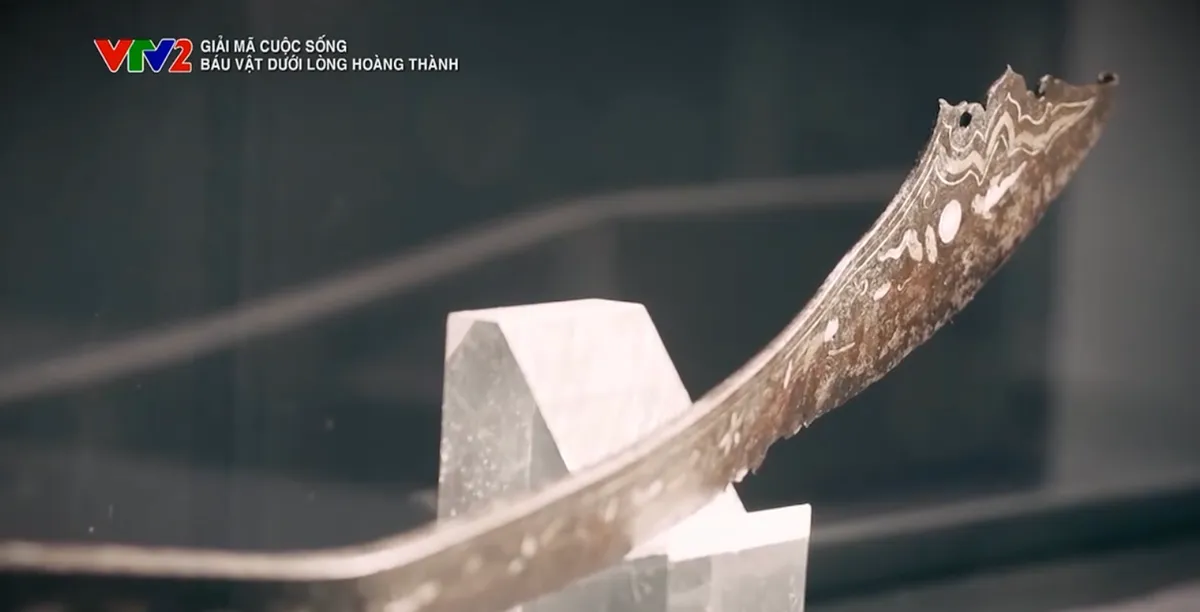
For archaeologists, determining the age of the artifacts discovered in the Imperial Citadel of Thang Long is a difficult problem because this place contains many different cultural layers through the dynasties. If the sword belongs to the Tran Dynasty, this conclusion will change the perception of the development of the metallurgical industry in Vietnam in the ancient and medieval period.
This three-piece inlaid sword is one of the very rare weapons of the Tran Dynasty known to date. In the history of Dai Viet, the Tran Dynasty was considered to have a strong military force, defeating foreign invaders three times. The victory over a great opponent was thanks to the talent of the generals, soldiers, and the unity of the whole group. However, to achieve such a victory, one extremely important thing was the weapon. The three-piece inlaid sword in Thang Long Imperial Citadel is a testament to the level and technique in weapon production of the Tran Dynasty.
Source: https://vtv.vn/truyen-hinh/giai-ma-cuoc-song-dao-can-tam-khi-bau-vat-duoi-long-hoang-thanh-20240815195614274.htm






















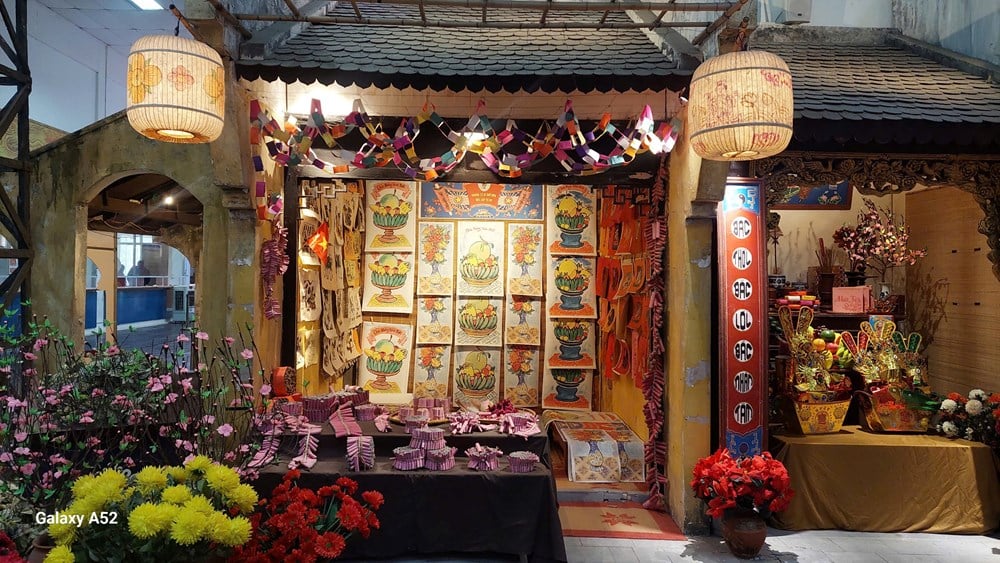


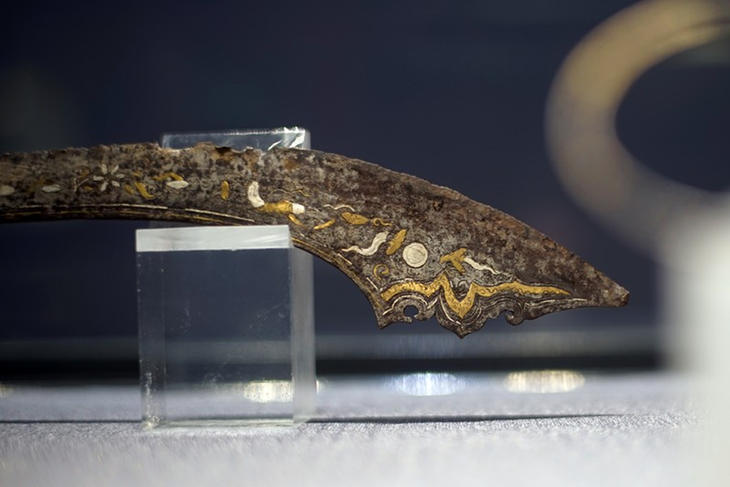


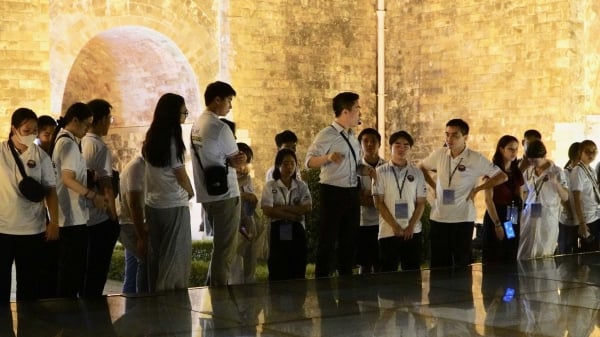


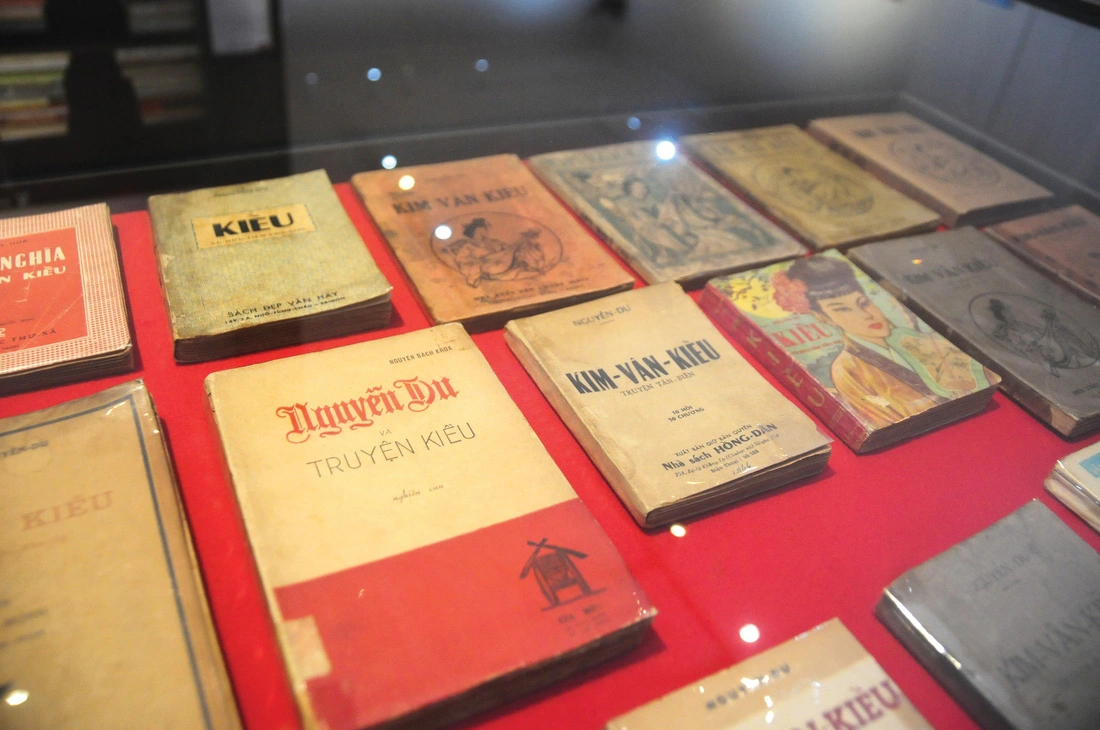



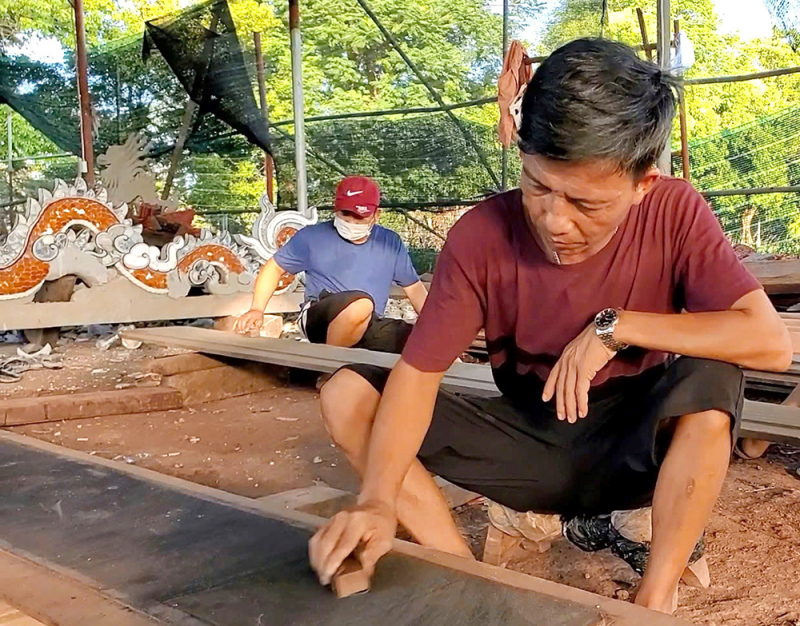






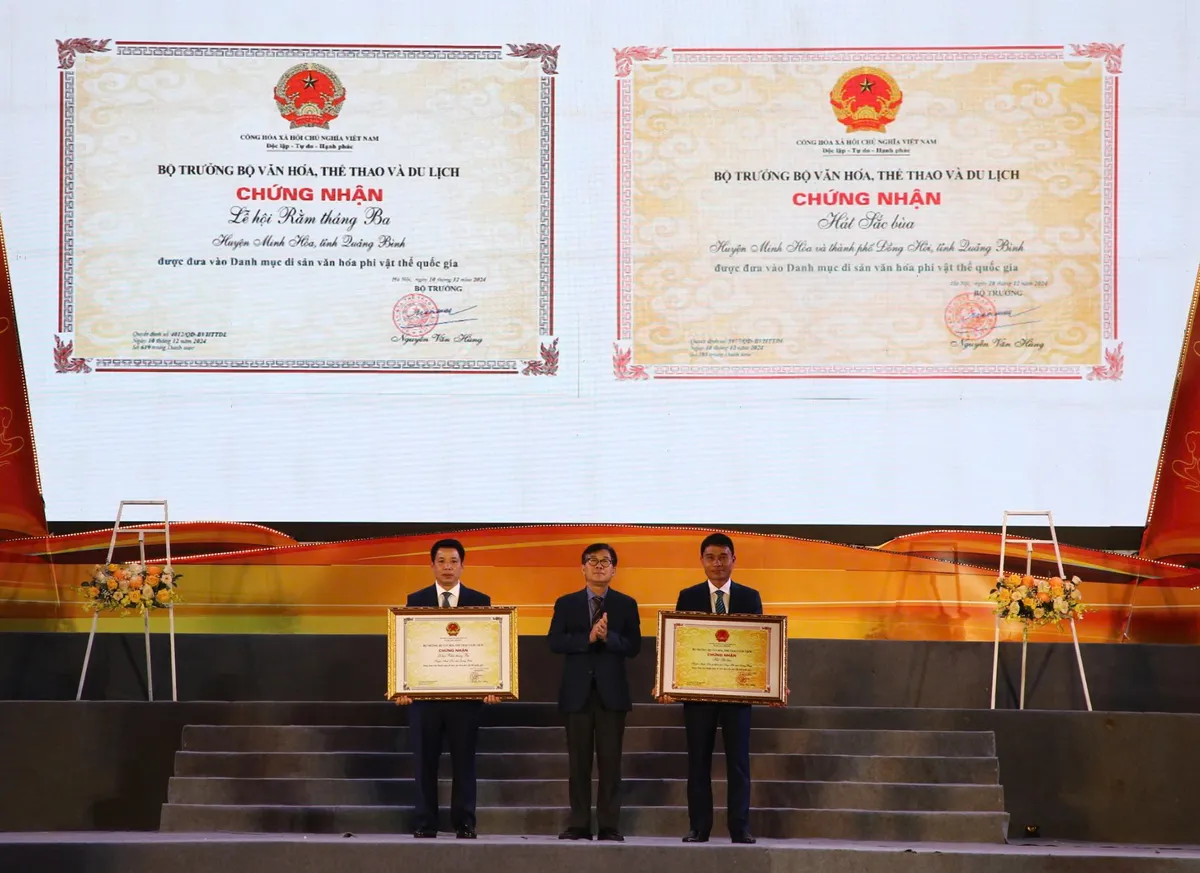

















Comment (0)